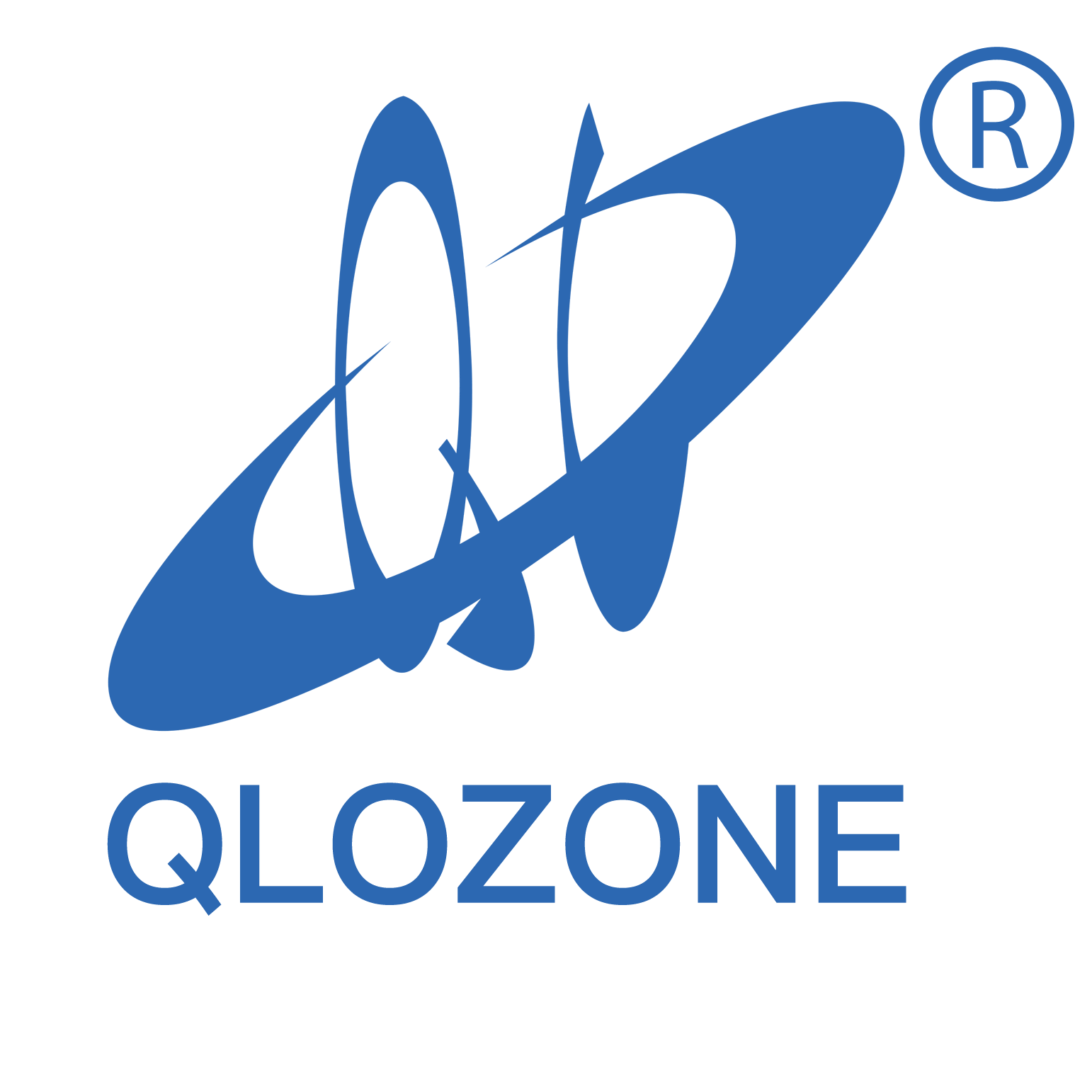Tärkeät seikat kalanallasuodattimen valinnassa
Kalanallasuodattimen valinnassa on tärkeää kiinnittää huomiota moniin yksityiskohtiin, joista kala-allasvattopumpu on yksi keskeisimmistä. Oikein valittu suodatin toimii kalanallasuodattimen sydämenä, kiertäen vettä, tarjoamalla happea ja ylläpitämällä optimaalisia olosuhteita kalojen terveydelle. Oikean suodattimen valinta voi olla ratkaisevaa terveen ja tasapainoisesti toimivan kalanallasuodattimen välillä.
Valintaprosessiin kuuluu eri teknisten määrittelyjen arviointi ja niiden yhdistäminen omaan teesiin liittyviin tarpeisiin. Tämä kattava opas käy läpi pumppujen valintaan vaikuttavat keskeiset tekijät ja auttaa sinua tekemään perustellun päätöksen, joka hyödyttää teidän vesieliösiä monien vuosien ajan.

Tesoilun perusteet
Virtausnopeus ja pumpun kapasiteetti
Virtausnopeus on kala-allasvattopumpu mitattu galloneina tunnissa (GPH) tai litroina tunnissa (LPH). Yleissäännönä pumpun tulisi pystyä kiertämään koko teesi tilavuus vähintään kerran joka kahduksessa. Esimerkiksi, jos teessäsi on 1 000 gallonaa vettä, tarvitset kalan tekoputkiston, jonka vähimmäisvirtausnopeus on 500 GPH.
Jos kuitenkin haluat lisäominaisuuksia, kuten vesiputouksia tai suihkukaivoja, sinun tulee ottaa huomioon niiden lisäkapasiteetti. Vesiputoksille tarvitaan yleensä noin 150 GPH (gallonaa minuutissa) jokaista tuumaa kohden, jotta saavutetaan houkutteleva virtausteho. Näiden vaatimusten ymmärtäminen auttaa varmistamaan, että pumpullasi on riittävästi tehoa kaikkien teiden tarpeisiin.
Energiatehokkuus ja toimintakustannukset
Koska kalanallaspuumpin on tarkoitus olla käytössä jatkuvasti, energiatehokkuus on erittäin tärkeä seikka. Nykyaikaisissa pumpeissa on useita sähkönsäästöominaisuuksia ja parannettuja suunnitteluja, jotka voivat huomattavasti vähentää sähkönkulutusta. Vertailtaessa eri malleja, tarkista niiden tehonkulutus (wateissa) ja arvioitu vuosittainen käyttökustannus.
Korkean tehokkuuden pumput voivat alun perin maksaa enemmän, mutta ne voivat säästättää huomattavia määriä sähköenergian kustannuksissa pitkäaikaisesti ajateltuna. Jotkin mallit sisältävät jopa säädettävän nopeuden säädöt, joiden avulla voit säätää virtausnopeutta kauden mukaisten tarpeiden mukaan ja optimoida energian käyttöä edelleen.
Tekniset tiedot ja suorituskykyominaisuudet
Pääkorkeus- ja painevaatimukset
Pääkorkeudella tarkoitetaan pystysuoraa etäisyyttä, jonka verran pumpun on siirrettävä vettä, ja se mitataan pumpun sijainnista vesinäköiseen korkeimpaan purkupisteeseen. Kun vettä pumpataan ylemmäs, virtausnopeus laskee. Siksi valittaessa kalanallaspuompia, varmista että se pystyy ylläpitämään riittävän virtausnopeuden vaaditulla pääkorkeudella.
Useimmat valmistajat tarjoavat suorituskykykäyriä, jotka näyttävät kuinka virtausnopeudet muuttuvat eri pääkorkeuksilla. Tutki näitä huolellisesti ja varmista että valitsemasi pumppu toimii tehokkaasti juuri sinun järjestelmissäsi. Muista ottaa huomioon myös veden vaakasuora etäisyys, joka myös vaikuttaa pumppuun.
Rakennusmateriaalit ja kestoisuus
Kalanallaspuompin kestoikä riippuu suurelta osin sen rakennusmateriaaleista. Etsi pumppuja, jotka on valmistettu korkealaatuisista, korroosionkestävistä materiaaleista, kuten ruostumattomasta teräksestä, pronssista tai kestävistä muoveista. Pumpun kotelo on kestettävä jatkuvaa veden ja erilaisten säätöiden vaikutusta vastaan.
Tiivisteet ja siipipyörät ansaitsevat erityistä huomiota, koska ne ovat keskeisiä komponentteja, joissa kulumista esiintyy usein eniten. Keraamiset akselit ja kumitiivisteet tarjoavat yleensä parempaa kestävyyttä kuin muovivaihtoehdot. Jotkin huipputason pumput sisältävät titaaniosia, jotka tarjoavat erinomaista kestävyyttä vaativissakin olosuhteissa.
Asennuksen ja huollon näkökohdat
Asennuksen helppous
Asennusprosessi vaihtelee merkittävästi eri koi- ja karpalopumppumallien välillä. Jotkin on suunniteltu upotettavaksi, kun taas toisia varten on tehtävä ulkoinen asennus. Upotettavat pumput ovat yleensä helpommin asennettavissa, mutta niiden huoltotoimet saattavat olla hankalampia. Ulkoiset pumput vaativat enemmän alkuperäistä asennusta, mutta niiden huoltotoimet ovat helpompia säännöllisen huollon yhteydessä.
Ota huomioon pumpun fyysiset mitat ja liitäntävaatimukset. Varmista, että asennukseen on riittävästi tilaa ja että pumpun imu- ja poistoaukot ovat yhteensopivia olemassa olevan putkiston kanssa tai niiden sovittaminen on helppoa.
Huoltotarve ja saavutettavuus
Säännöllinen huolto on tärkeää, jotta kalanallaspuhallimen toiminta säilyy tehokkaana. Valitse malleja, joissa on helposti irrotettavat esisuodattimet ja roskalokit, joiden puhdistamiseen ei tarvitse purkaa koko laitetta. Jotkin edistyneemmät puhaltimet ovat varustetut itsepuhdistavalla järjestelmällä, joka vähentää huoltovälejä.
Harkitse, kuinka usein puhallinta tulee huoltaa ja kuinka helppokäyttöinen se on asennuspaikassa. Jos asut alueella, jossa on ankaria talvia, tarkista, voidaanko puhallin helposti poistaa talvivarastointia varten vai onko se suunniteltu toimimaan koko vuoden ajan.
Turvallisuus- ja luotettavuustekijät
Suojamekanismit
Nykyiset kalanallaspuhallimet sisältävät useita turvatoimia, jotka suojaavat sekä laitetta että kaloja. laitteet valitse puhaltimet, joissa on lämpösuojakatkaisu, joka sammuttaa moottorin automaattisesti ylikuumenemisen yhteydessä. Kuivakäyntisuojauksella on myös suuri merkitys, koska se estää vaurioita, jos puhallin sattuu käymään veden puuttuessa.
Jotkin mallit sisältävät vakavirtapiirin katkaisusuoja (GFCI) -lisäsuojan sähköturvallisuuden vuoksi. Näiden ominaisuuksien vuoksi alkuperäinen hinta saattaa nousta, mutta ne tarjoavat tärkeitä turvatoimia sijoituksestasi ja teon eliöstön jäsenistä.
Takuo ja tuki
Laaja takuu osoittaa usein valmistajan luottamusta tuotteensa luotettavuuteen. Huipputasoisissa koi- ja kalanallaspuhaltimissa on tyypillisesti takuu kahdesta viiteen vuotta. Lue huolellisesti takauehdot ymmärtääksesi, mitä kattaa ja mitkä saattavat mitätöidä takaun.
Ota huomioon varaosien saatavuus ja tekninen tuki. Vakiintuneet valmistajat pitävät yleensä hyvää varaosien saatavuutta ja tarjoavat yksityiskohtaisia dokumentteja huoltoa ja vianmääritystä varten.
Usein kysytyt kysymykset
Kuinka usein minun tulisi puhdistaa kalastustonni pumpattua vettä?
Tavalliset puhdistusvälit riippuvat altaan olosuhteista, mutta yleensä sinun tulisi tarkistaa ja puhdistaa pumpun esisuodatin kuukausittain ja tehdä kattava puhdistus kolmen kuuden kuukauden välein. Syksyllä, kun lehdet putoilevat, voi olla tarpeen puhdistaa useammin.
Voinko käyttää altaan pumppua jatkuvasti?
Kyllä, kala-altaan pumput on suunniteltu jatkuvaa käyttöä varten. Itse asiassa pumpun käyttö vuorokauden ympäri on suositeltavaa, jotta voidaan ylläpitää asianmukaista vesivirtausta ja kalojen hengityksen kannalta riittävää happipitoisuutta. Nykyaikaiset pumput on valmistettu kestämään jatkuvaa käyttöä säästäen sähköä.
Tuliko pumpun koon määrittää pelkästään altaan tilavuus?
Vaikka altaan tilavuudella on merkitystä, sinun tulisi ottaa huomioon myös muita tekijöitä, kuten suodatusvaatimukset, tekonäytön korkeus, UV-kehystimen virtausvaatimukset ja pitämiesi kalojen laji. Nämä tekijät voivat vaatia suurempaa pumppua kuin mitä perustilavuuslaskelmat antavat.
Mikä on laadukkaan kala-altaan pumpun keskimääräinen käyttöikä?
Laadukas kalanallasuuttimen, jota hoidetaan asianmukaisesti ja jota käytetään teknisten tietojen mukaisesti, voidaan kestää 5–10 vuotta tai enemmän. Todellinen käyttöikä riippuu tekijöistä kuten veden laatu, huoltoväli ja käyttöolosuhteet.

